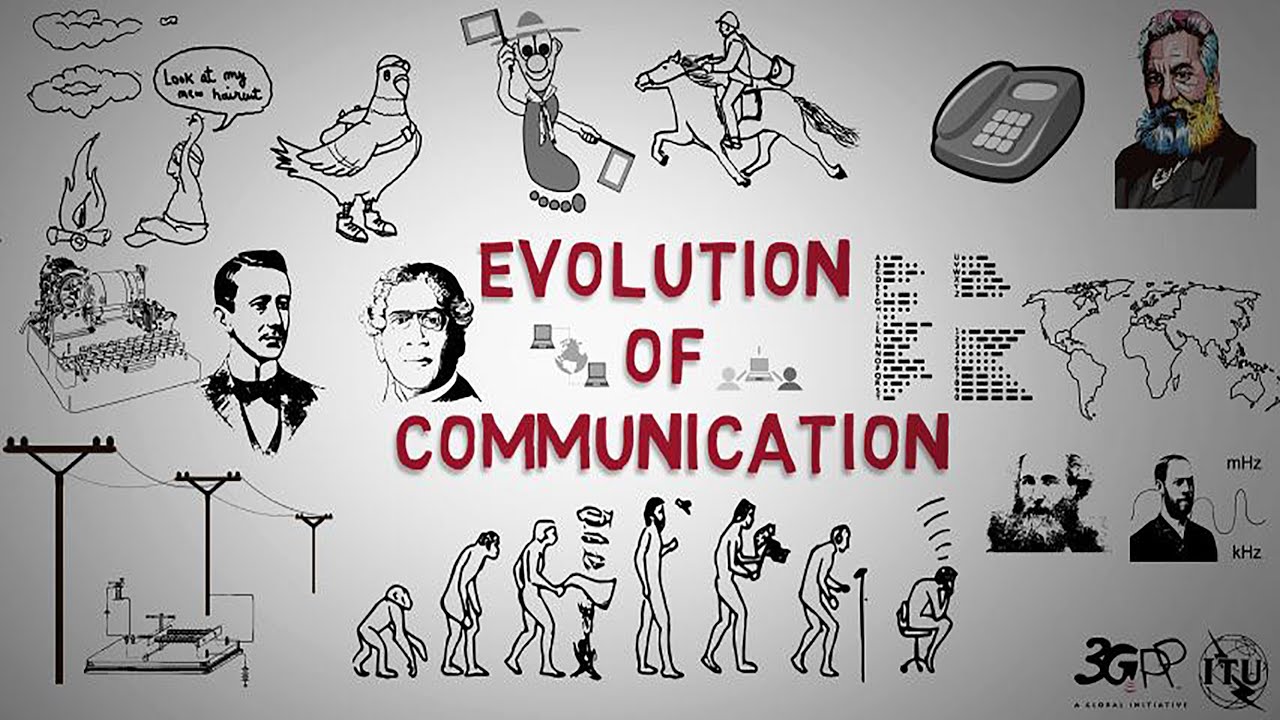From the dawn of civilization, humans have sought better ways to communicate. Every age has its pioneers, individuals who transformed the way societies exchanged ideas. This post delves deep into the heartbeats of these visionaries, detailing how they reshaped our communication landscape.
Communication isn’t just about talking; it’s about sharing knowledge, sparking revolutions, and nurturing connections. When communication improves, societies advance. This article will spotlight some history-defining innovators whose indelible marks still echo in our lives today.
Johannes Gutenberg ─ The Printing Pioneer
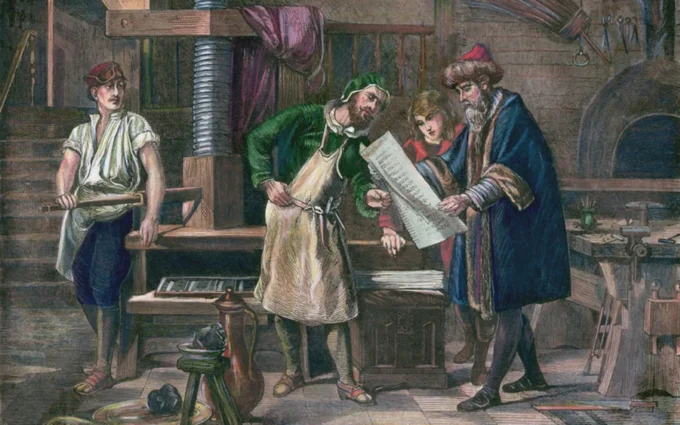
Johannes Gutenberg, a 15th-century German craftsman, didn’t just make books; he democratized knowledge. Before him, manuscripts were handwritten, a labor-intensive process, which made books rare and pricey. But Gutenberg’s invention, the printing press, was a game-changer.
Using movable type, Gutenberg created a method to produce books in masses, reducing their cost and making them accessible to more people. This sparked a knowledge explosion, culminating in the Renaissance, a period of immense intellectual flowering. The press turned the information tide, shaping society, politics, and religion. Books became the soul’s windows, giving rise to new ideas and revolutions.
Samuel Morse ─ Revolutionizing Long-Distance Communication
When you think of long-distance communication in the 19th century, Samuel Morse should come to mind. Morse, an artist-turned-inventor, changed the world with dots and dashes. Before Morse code and the telegraph, communication over long distances took days or even weeks.
By creating a system of short and long signals, Morse changed that. His electric telegraph, coupled with Morse code, meant messages could be relayed over vast distances in minutes. This innovation shrank the world, revolutionizing business, journalism, and personal correspondence and if you have a similar idea you should definitely read here.
Alexander Graham Bell ─ The Voice of Innovation
Bell’s invention made it possible to do something magical: hear a distant person’s voice. In 1876, the telephone turned a fantasy into reality. What started as “Mr. Watson, come here, I want to see you!” transformed into a network connecting millions.
Bell’s innovation bridged distances, making oceans and continents feel like mere steps away. The telephone became a cultural symbol, reshaping business, politics, and daily life. People could now share joys, sorrows, and news instantly, fostering a global connection.
Marconi and Wireless Telegraphy
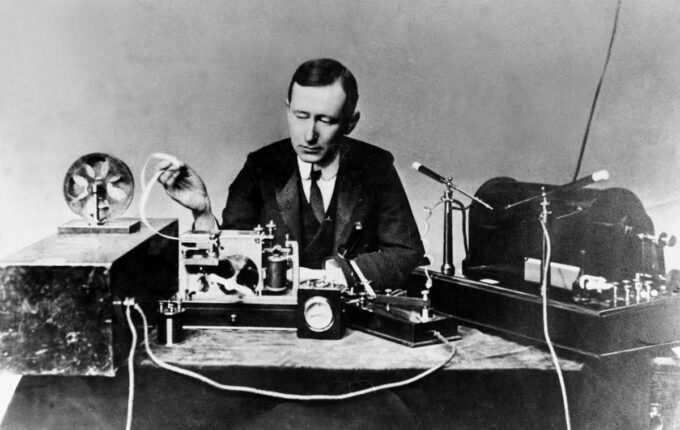
Enter Guglielmo Marconi, an Italian inventor and the brilliant mind behind the radio’s early iteration: wireless telegraphy. While innovators like Morse and Bell conceptualized communication via connected lines, Marconi dared to envision a world without such physical bonds. Harnessing the power of electromagnetic waves, Marconi’s invention transmitted signals without the constraints of wires or cables.
During the junction of the late 19th and early 20th centuries, his relentless experiments and successes in transmitting signals over increasing distances fundamentally shaped the future of radio communication. This was an era where broadcasting was in its infancy, yet its potential was vast. Thanks to Marconi, the world began to access entertainment, news, and information in ways that seemed almost magical. If your idea has a vast potential you can visit InventHelp and see where it will get you.
Hedy Lamarr ─ Actress and Wireless Communication Pioneer
While most cinephiles celebrate Hedy Lamarr for her captivating presence in Hollywood, her off-screen persona held an equally mesmerizing tale. Behind the camera, she was a fierce inventor. In a critical collaboration with composer George Antheil during the tumultuous times of WWII, Lamarr co-devised a frequency-hopping system. This ingenious method was originally conceptualized to thwart jamming of allied torpedoes by adversaries.
Though primarily focused on military application at inception, this pioneering technology served as the foundation for modern wireless communication tools, including Wi-Fi, Bluetooth, and GPS. Lamarr’s dual legacy, both in cinema and science, underscores the boundless possibilities when creativity intertwines with technological innovation.
Alan Turing ─ Codebreaker and Computer Pioneer
Alan Turing’s legacy extends beyond his unparalleled mathematical prowess; he was a beacon of hope during one of history’s darkest hours. In the throes of WWII, his unparalleled codebreaking abilities proved instrumental in intercepting and deciphering encrypted Nazi communications, ultimately saving innumerable lives. Central to this effort was Turing’s machine, adeptly designed to decode these clandestine messages.
But Turing’s contributions to the world didn’t end with the war. His theoretical musings and experiments in the realm of computing laid the very foundations of computer science. The modern digital age, replete with emails, chats, and online interactions, echoes the fruits of Turing’s groundbreaking labor with each interaction.
Tim Berners-Lee ─ The Father of the World Wide Web
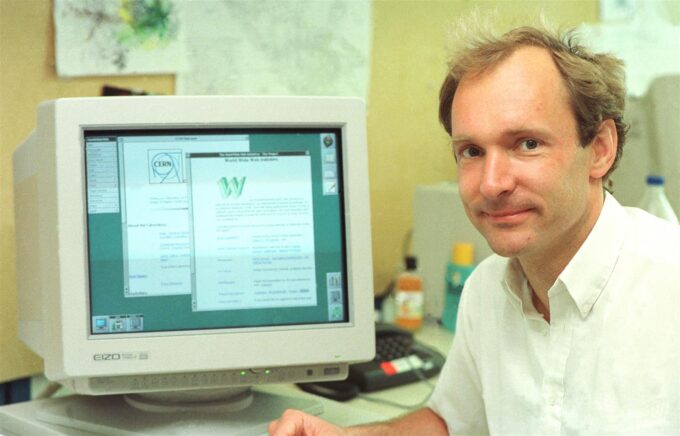
Can you fathom an existence devoid of internet access? A challenge to even visualize, indeed. Yet, this was a reality until visionaries like Tim Berners-Lee stepped onto the scene. In 1989, Berners-Lee introduced a revolutionary idea—an intricate system that would facilitate information sharing, birthing the World Wide Web.
In our contemporary era, the internet has morphed into the very fabric of daily life. Whether it’s seamless remote work or the joy of virtual reunions with distant loved ones, the web functions as the beating heart of modern communication. It effortlessly diminishes geographical barriers, turning our vast globe into an interconnected community.
Steve Jobs ─ Bringing Innovation to the Masses
Steve Jobs, with his uncanny ability to foresee technological trends, didn’t merely manufacture devices; he crafted entire epochs. Traversing the journey from the pioneering Macintosh computers to the ubiquitous iPhones, Apple’s visionary co-founder seamlessly blended aesthetic design with unmatched functionality. Jobs possessed a rare insight, an ability to preemptively discern consumer needs and desires.
The iPhone stands as a testament to his genius. More than just a tool for calls, this device redefined multimedia consumption, information access, and the nuances of social interaction for generations, becoming an inseparable part of our daily narratives.
Elon Musk ─ Advancing Communication Beyond Earth
Many innovators have left their indelible marks on terrestrial communication, but Elon Musk’s aspirations transcend our planet. His ambitious eyes gaze skyward, towards the vast expanse of the cosmos. Through SpaceX’s Starlink initiative, Musk ambitiously plans to establish a sprawling satellite network, the purpose of which is to offer internet connectivity across the globe.
This endeavor isn’t merely about facilitating online access; it’s a dream of bridging communication gaps, even in the most remote and inaccessible terrains, ensuring every individual can be part of the global conversation.
Mark Zuckerberg ─ Social Media and Online Connection
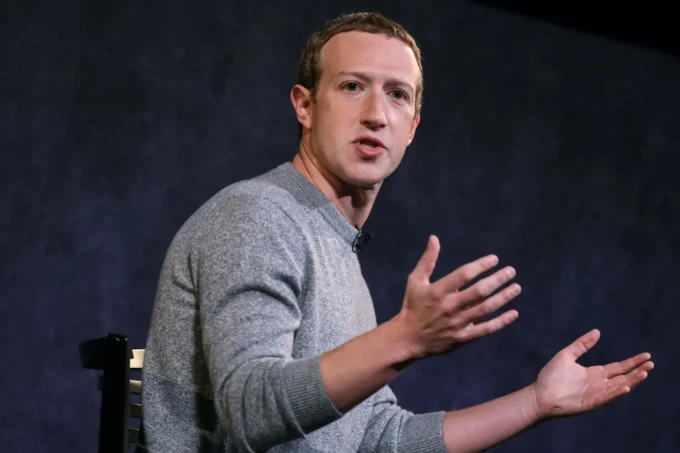
Within the walls of a Harvard dormitory, a seismic shift in global communication was brewing. Mark Zuckerberg’s brainchild, Facebook, metamorphosed the landscape of social interaction. It wasn’t just another platform; it was a digital agora, empowering billions with a voice. A realm where experiences, anecdotes, memories, and ideas melded into shared narratives with just a click.
As Facebook burgeoned and other social media platforms sprouted, the very essence of human relationships, societal structures, and political discourse evolved. Zuckerberg’s creation not only redefined communication but also influenced collective global perceptions and dynamics.
A Legacy of Communication Innovation
From Gutenberg’s press to Zuckerberg’s social network, these innovators have shaped our narrative. Their legacies intertwine, creating a tapestry of advancements that have continuously made our world smaller and more connected. They remind us of the human spirit’s unyielding pursuit to connect, share, and advance.


